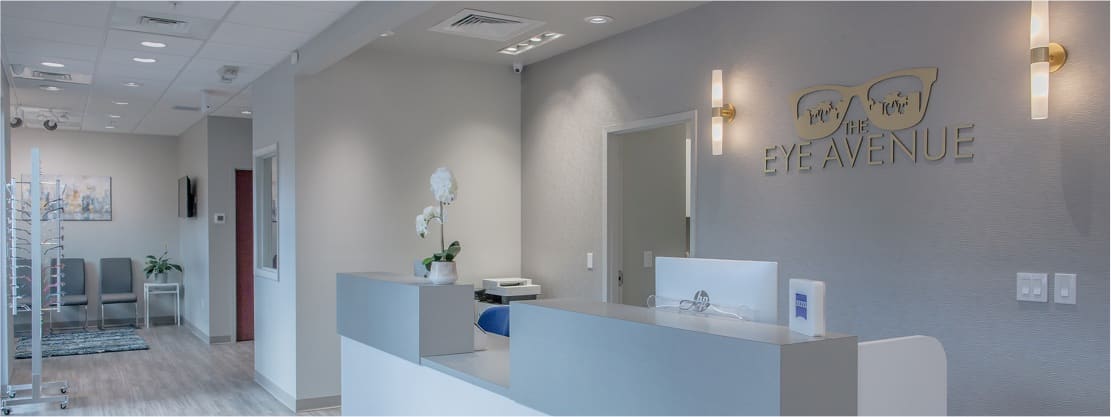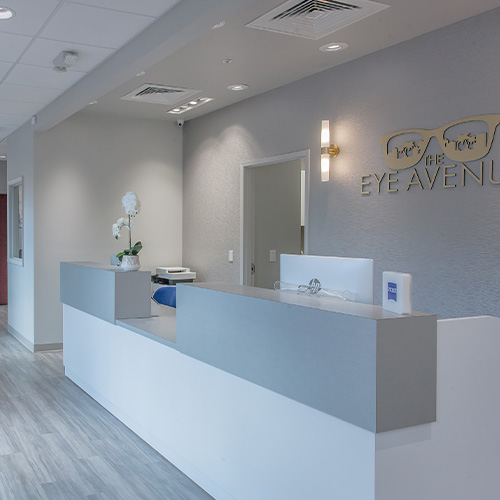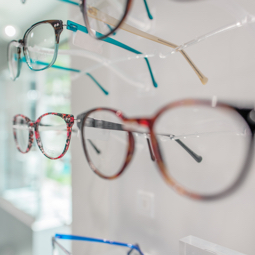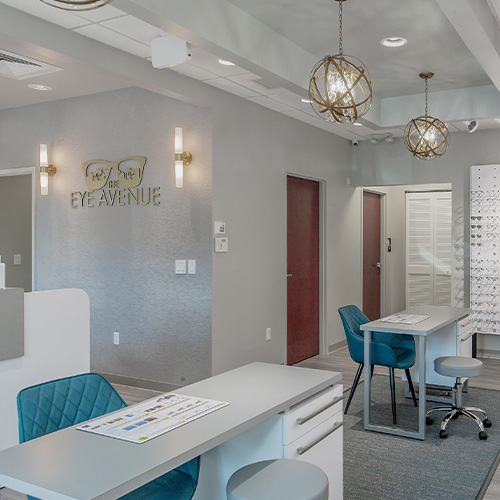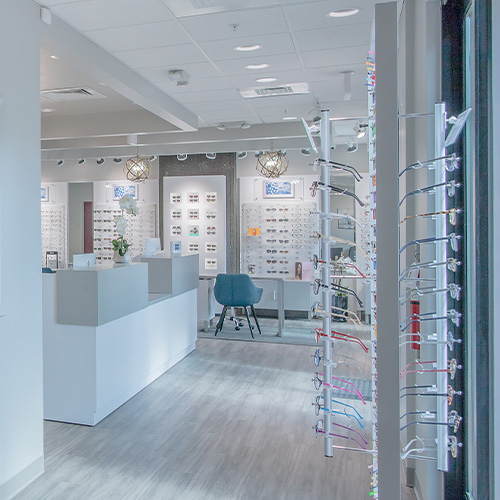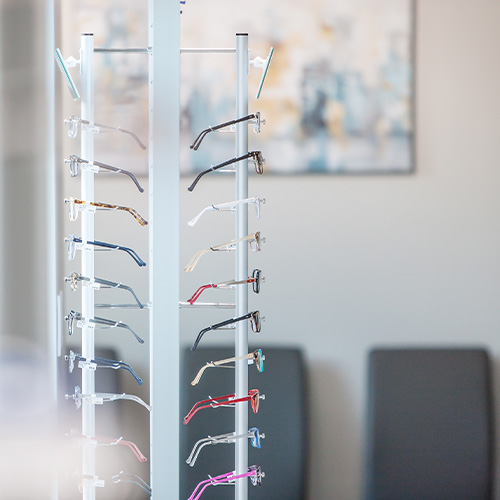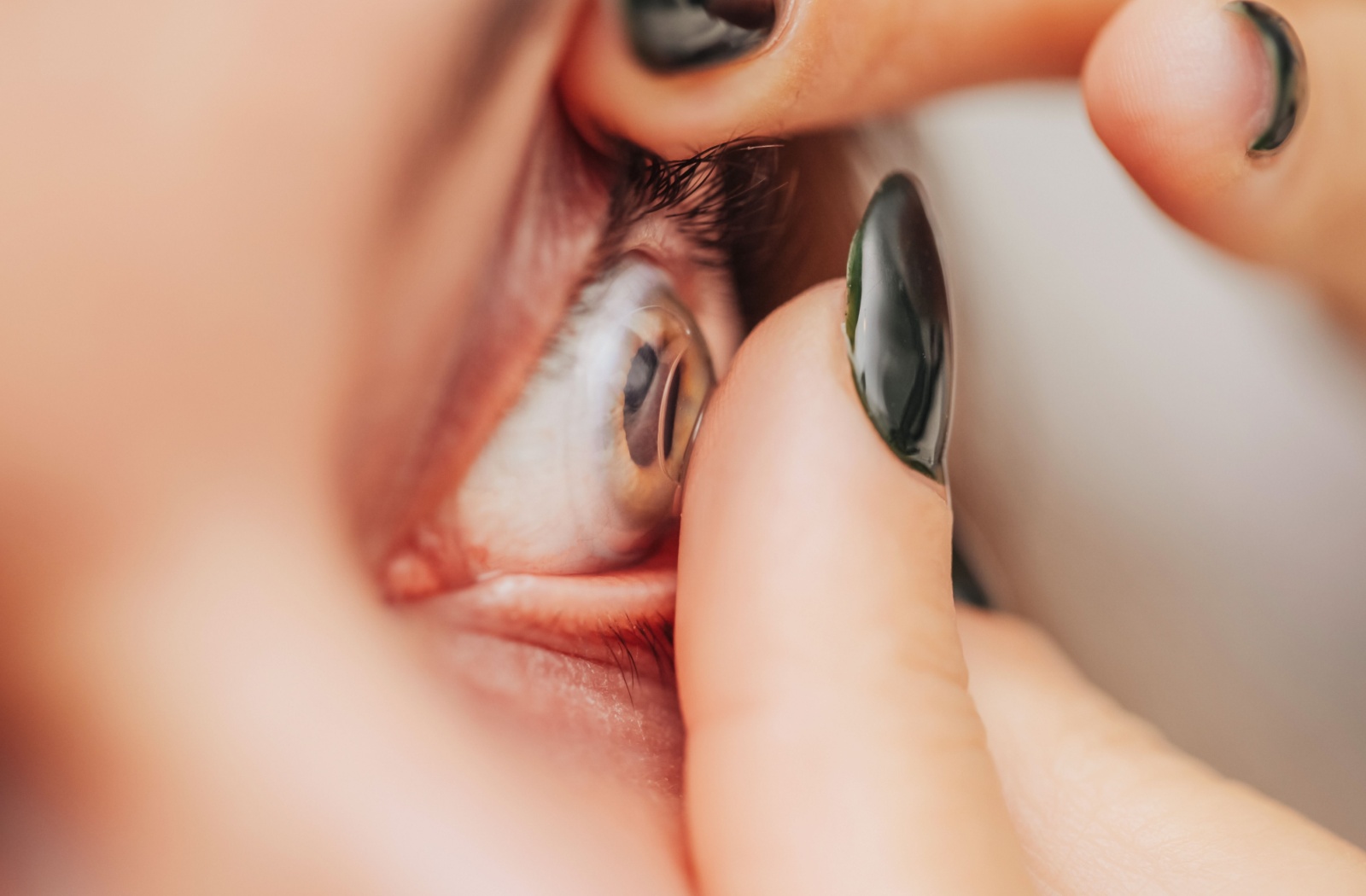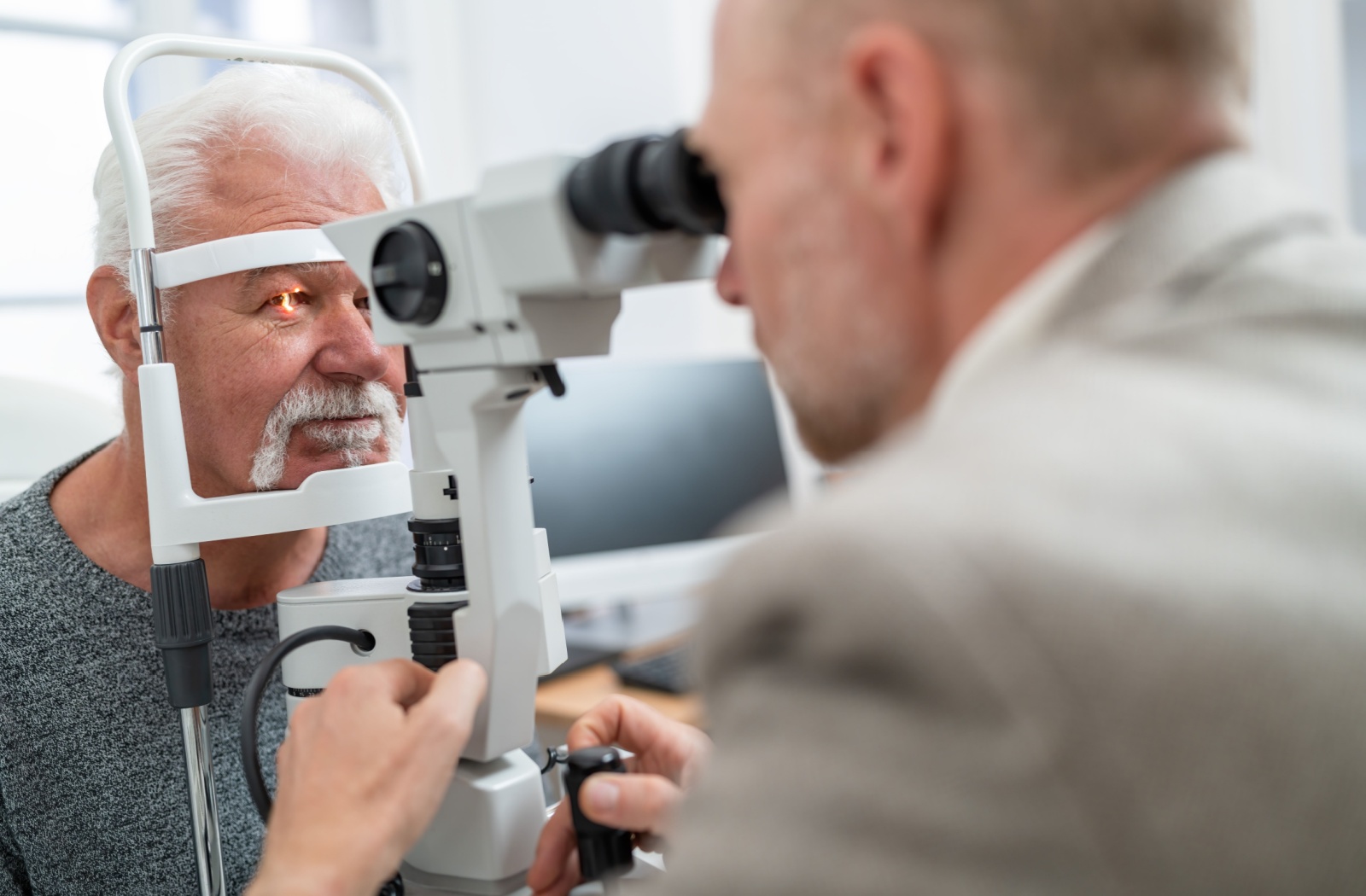Bacterial conjunctivitis is caused by bacteria, which infect the conjunctiva. Bacterial conjunctivitis can be caused by a variety of factors, including improper care of contact lenses or by changes in the usual bacteria that live on the conjunctiva. It is generally treated using antibiotic eye drops.
Bacterial conjunctivitis can spread through hand-to-eye contact or contact with contaminated objects. Since bacterial conjunctivitis is highly contagious, is it important to practice good hygiene to prevent spreading it to others.
If you suspect you may have pink eye, call our office to book an appointment as soon as possible. It’s important to know the cause of your inflammation so it can be properly treated. Additionally, if you exhibit symptoms for longer than 2 weeks, we will need to rule out more serious eye problems.


